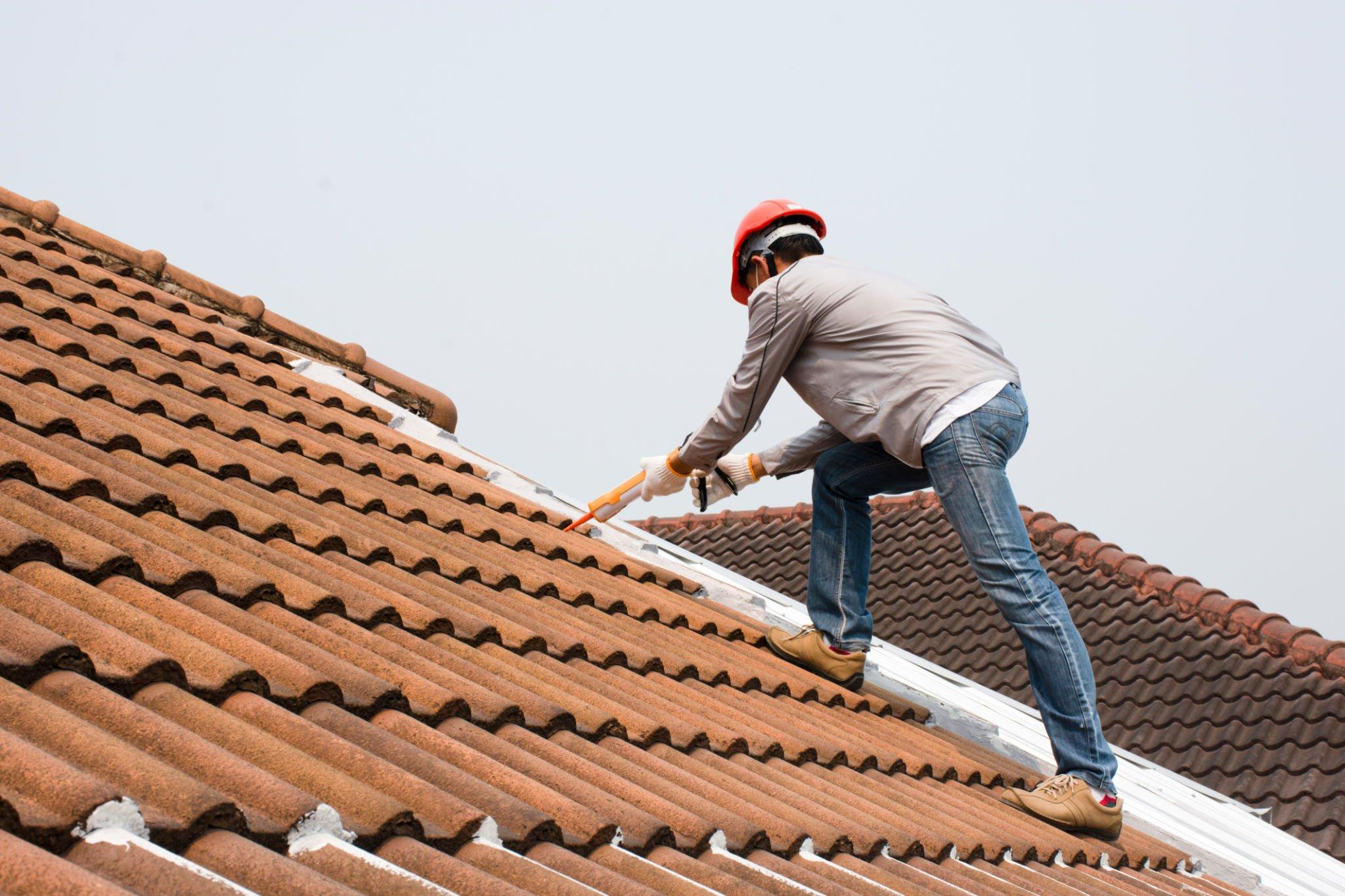Ice Dams and Roof Leaks: Preventing and Repairing Winter Damage
As winter blankets our homes in a serene layer of snow, it also brings along some potential threats to the integrity of our roofs. One of the most notorious winter roofing issues is the formation of ice dams, which can lead to roof leaks if left unaddressed.
In this guide, Horch Roofing of Portland is here to help you explore what ice dams are, why they occur, and crucial tips on preventing and repairing winter damage to your roof.

Table of Contents
What are ice dams?
Ice dams are ridges of ice that form at the edge of your roof, preventing melting snow from properly draining off. When warm air from your home rises and melts the snow on your roof,
the water runs down to the colder eaves, where it refreezes, creating a dam of ice. As this process repeats, the dam grows, causing water to pool behind it.
The pooling water behind an ice dam can find its way into your home, causing roof leaks and potential damage to your interior. The added weight of the ice dam can also put stress on your roof, gutters, and downspouts, leading to structural issues over time.
How to prevent ice dams?
Here are the necessary preventative measures for ice dams:
- Maintain proper insulation: Insufficient insulation in your attic can contribute to the temperature differences that lead to ice dam formation. Ensure your attic is well-insulated to minimize heat transfer from your living spaces to the roof.
- Ventilate your attic: Adequate attic ventilation is crucial in preventing ice dams. Proper ventilation helps regulate the temperature in your attic, reducing the likelihood of snow melting and refreezing.

- Seal air leaks: Check for and seal any air leaks in your attic, such as gaps around chimneys, vents, or light fixtures. Preventing warm air from reaching the roof surface is key to minimizing ice dam formation.
- Clean gutters and downspouts: Clear your gutters and downspouts of debris before winter sets in. This allows melting snow to flow freely off your roof, reducing the chance of water pooling and freezing.
- Use a roof rake: Safely remove accumulated snow from your roof using a roof rake. This helps prevent the build-up of excessive snow that contributes to ice dam formation.
How can you repair winter damage on your roof?
If you’ve noticed signs of a roof leak or suspect ice dam-related damage, prompt action is crucial to minimize further issues.
- Identify the source of the leak: Trace the source of the leak in your home. Water stains on ceilings or walls can often help pinpoint the location of the roof leak. Keep in mind that water can travel along rafters or other structures before manifesting as a visible leak.
- Safely remove ice dams: If safe to do so, carefully remove existing ice dams to prevent further damage. This can be done using a roof rake or by hiring professionals experienced in ice dam removal.
- Patch roof leaks temporarily: During winter, a quick fix might be necessary to prevent further damage. Use roof patching materials or consider placing a leak barrier, such as a tarp, over the affected area until proper repairs can be made.
- Call in professionals: For more extensive damage or if you’re uncomfortable addressing the issue yourself, it’s best to call in professionals. Experienced roofers can assess the damage, repair leaks, and provide long-term solutions to prevent future issues.
- Evaluate and improve attic insulation: As part of your long-term strategy, assess and enhance your attic insulation to prevent heat transfer and minimize the risk of ice dam formation in the future.
The importance of regular inspections
Regular roof inspections, especially before and after winter, are vital in catching potential issues before they escalate. Professional roofers can identify vulnerabilities, recommend necessary repairs, and offer guidance on preventive measures to safeguard your home from winter-related damage.

In conclusion, understanding the dynamics of ice dams and roof leaks during winter is crucial for homeowners. By taking proactive measures to prevent ice dams and addressing any damage promptly,
you can ensure that your home remains secure and dry, even in the harshest winter conditions. Stay vigilant, be proactive, and enlist professional help when needed to keep your roof in top condition throughout the winter months.









